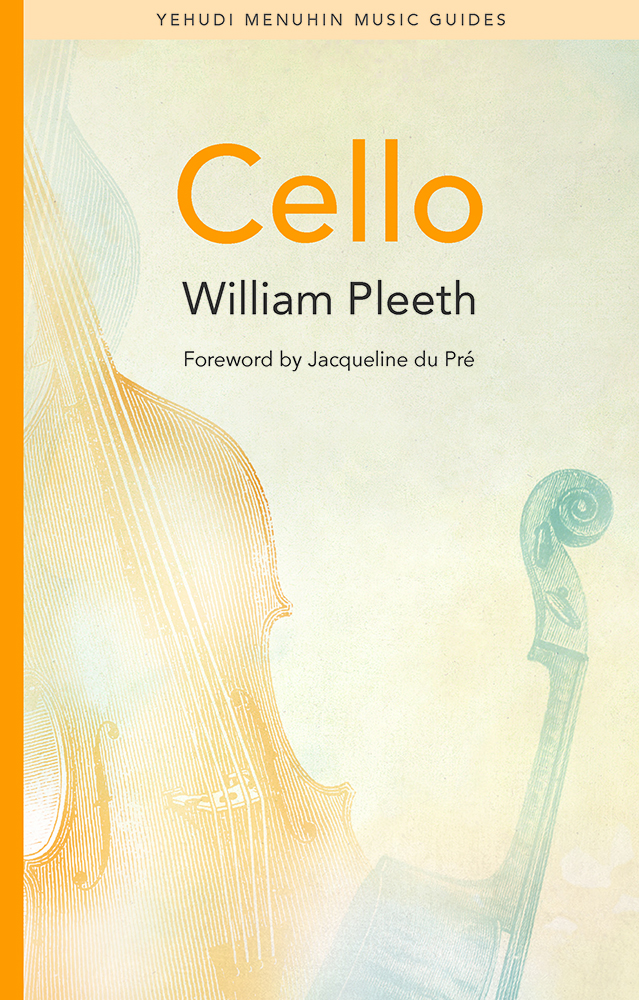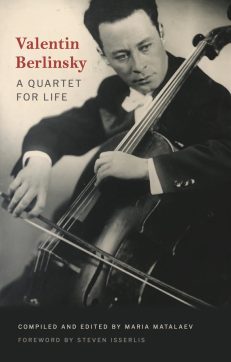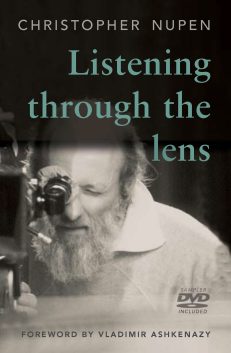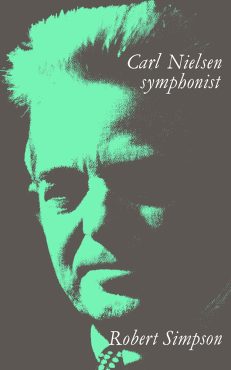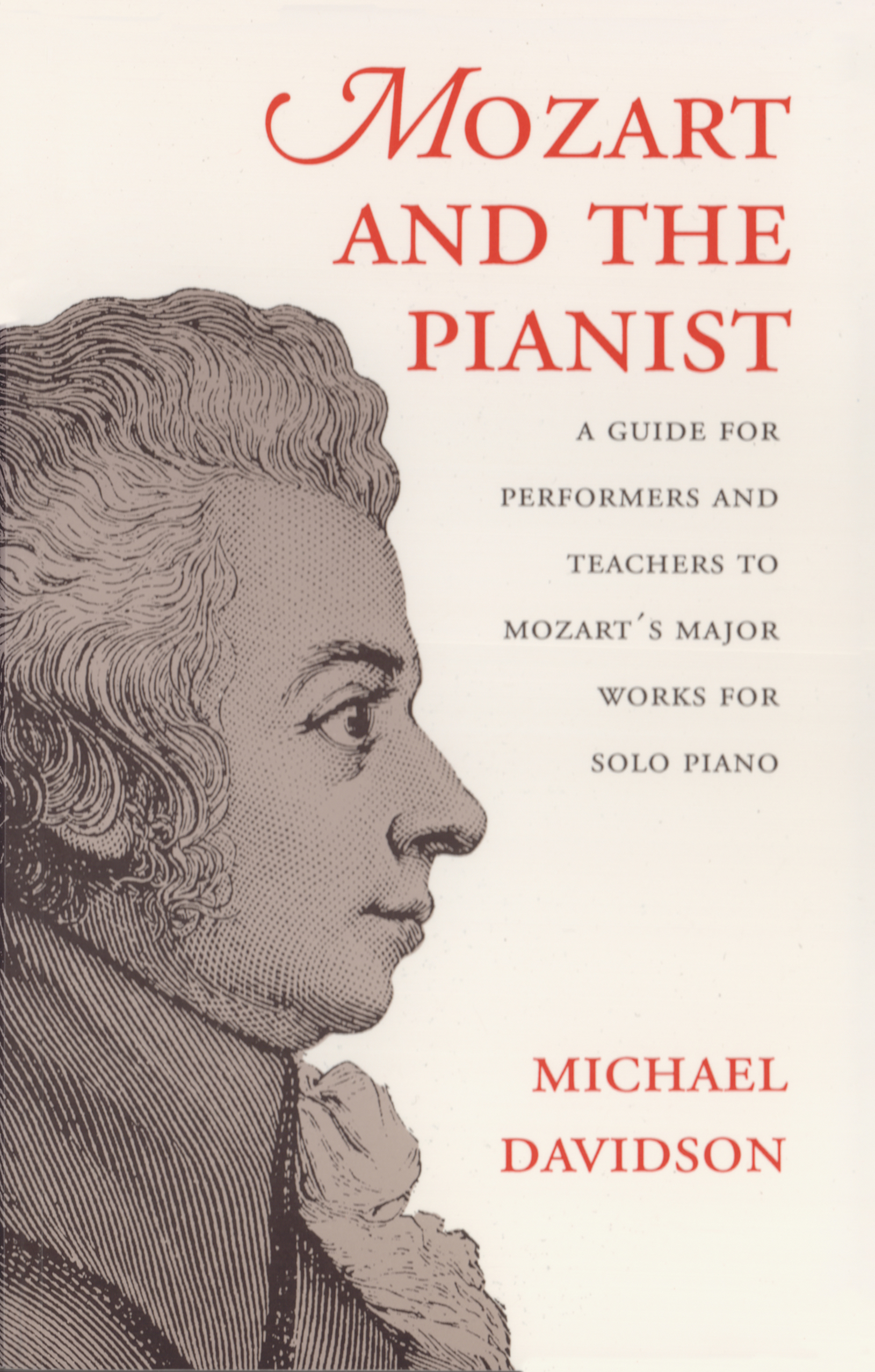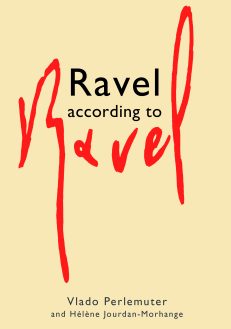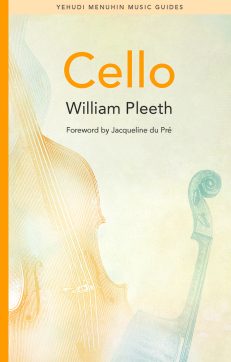Description
This volume is an introduction to cello playing by an outstanding recitalist, soloist and teacher of international repute whose natural wish – as a teacher – would be to sing, play and demonstrate what he means. Devoted pupil, Nona Pyron, herself a figure of some authority in the world of the cello, has guided and marshalled William Pleeth’s brilliantly perceptive advice – based on his lifetime’s playing and teaching – into the confines of this valuable book.

